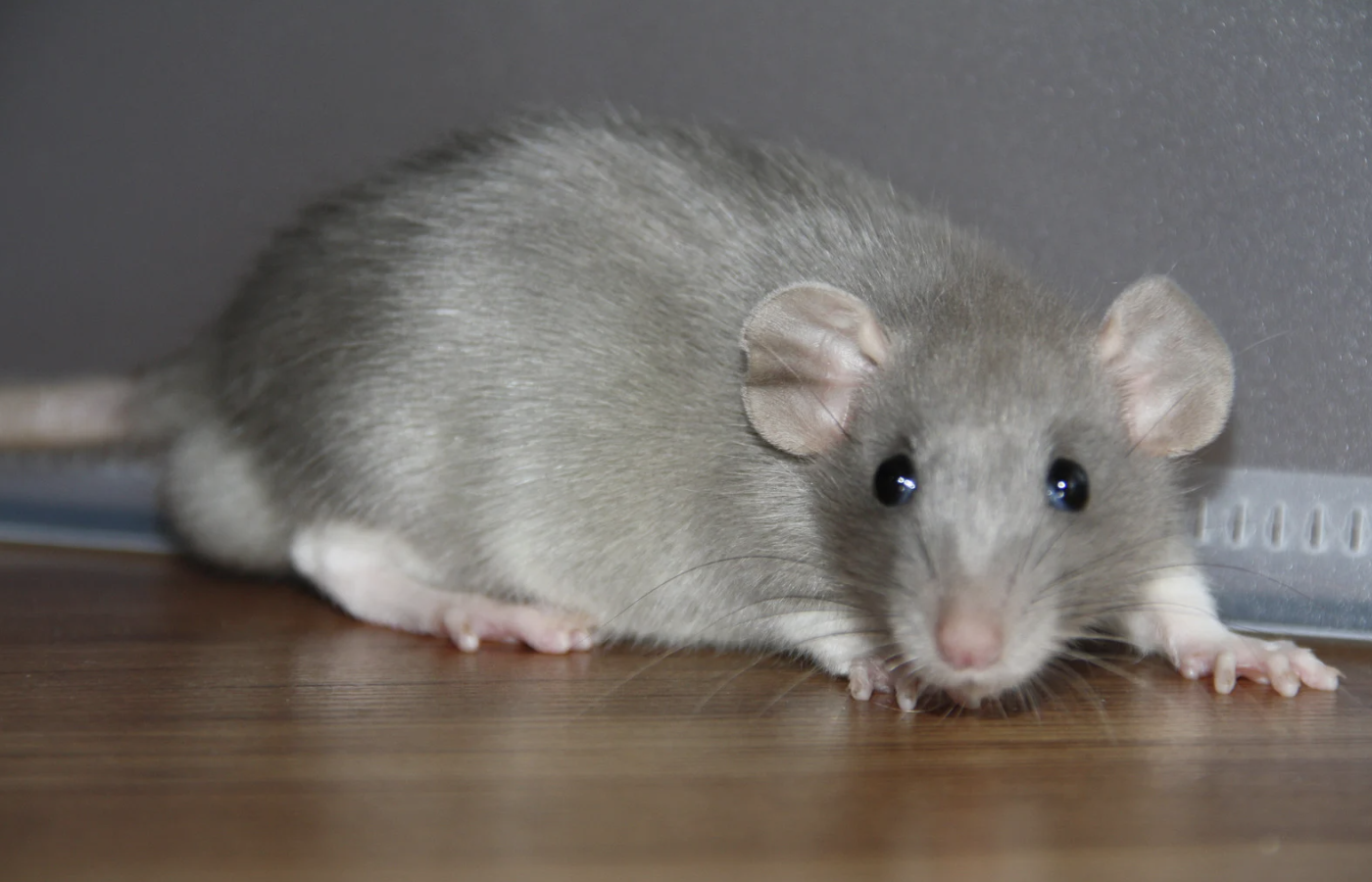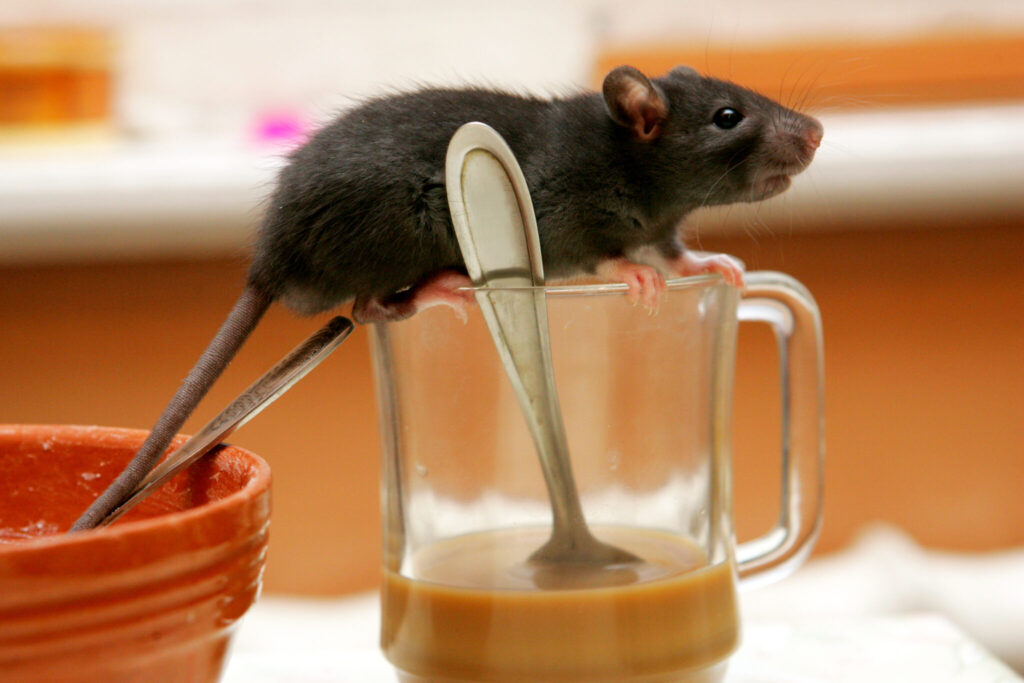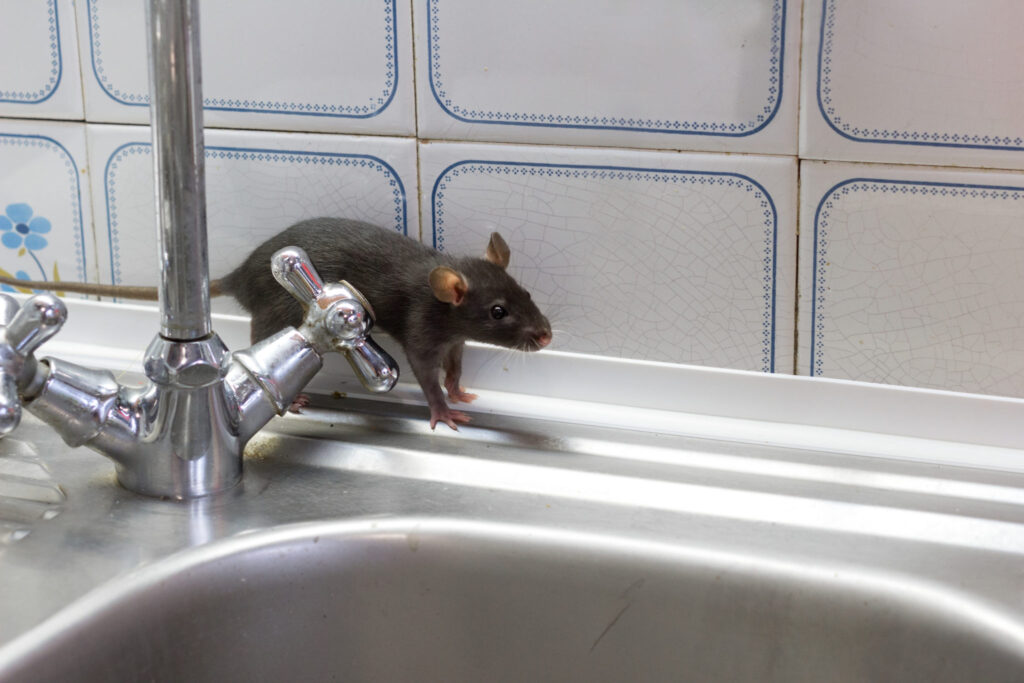Rodent infestation Sydney residents face a persistent challenge, particularly those living in apartment complexes. Rats and mice find multi-unit dwellings especially attractive due to interconnected infrastructure, shared spaces, and abundant hiding spots that facilitate their movement and breeding.
The concentration of people in apartments rodent issues creates ideal conditions for these pests to thrive. Shared walls, communal rubbish areas, and connected plumbing systems provide numerous entry points that individual homeowners rarely encounter. Once rodents establish themselves in one unit, they can quickly spread throughout the entire building requiring rodent exterminator sydney.
These unwelcome visitors bring serious consequences beyond mere nuisance. Rodents transmit diseases like Salmonellosis and leptospirosis through their droppings and urine, contaminating surfaces where residents prepare food and live daily. They gnaw through electrical wiring, creating fire hazards, and damage insulation, furniture, and structural materials.
Understanding why rodent infestation Sydney: why do apartments experience more issues helps residents and property managers implement effective prevention strategies before minor problems escalate into full-blown infestations.
Why Are Rodents Commonly Found in Sydney Apartments?
Rodents are attracted to Sydney apartments primarily due to structural weaknesses that provide easy access points for them. Rats and mice can squeeze through surprisingly small openings—gaps as narrow as 6mm for mice and 12mm for rats—taking advantage of cracks in walls, damaged window screens, and spaces around utility pipes.
The Role of Plumbing Systems
The plumbing system of a building acts as a highway network for rodents. Drain pipes, sewer lines, and water supply conduits offer direct routes from the street to upper floors. Rodents can easily navigate these systems, appearing through toilet bowls, sink drains, or floor waste outlets when seals deteriorate.
Exploiting Shared Infrastructure
In apartment complexes, shared infrastructure creates interconnected spaces that rodents can exploit:
- Communal ventilation shafts linking multiple units
- Hollow wall cavities running between apartments
- Shared garbage chutes offering vertical access
- Underground car parks connecting to building interiors
The close proximity of units means an infestation in one apartment can quickly spread to neighbouring residences through these shared pathways. A single entry point on the ground floor has the potential to compromise an entire building within weeks.

What Factors Make Apartments More Vulnerable to Rodent Infestations?
Apartment vulnerability to rodents stems primarily from their dense configuration. Multiple units stacked vertically and horizontally create an interconnected network that rodents exploit for movement. A single infestation in one unit can rapidly spread throughout an entire building within days.
Shared walls are used by rodents as highways between apartments, containing hollow spaces perfect for nesting and travel. These structural voids connect to:
- Plumbing systems running through multiple floors
- Electrical conduits spanning entire buildings
- Ventilation ducts linking communal areas
- Garbage chutes providing direct food access
Cluttered storage spaces significantly compound the problem. Boxes, old furniture, and rarely disturbed items in basements or storage rooms create ideal nesting sites where rodents breed undisturbed. These areas often accumulate dust and debris, making it difficult to spot early warning signs like droppings or gnaw marks. Shared garbage disposal areas concentrate food waste from dozens of residents, creating irresistible feeding stations that attract rodent populations from surrounding areas.
How Do Rodents Affect Health and Property in Apartment Settings?
Rodent infestations create serious health risks through disease transmission. Rats and mice carry Salmonellosis, leptospirosis, hantavirus, and rat bite fever—illnesses that spread through direct contact or exposure to contaminated environments.
Property damage caused by rodents in Sydney
Property damage that residents in Sydney face includes:
- Gnawed electrical wiring creating fire hazards
- Chewed insulation reducing energy efficiency
- Damaged wood structures compromising building integrity
- Destroyed plastics and stored belongings
Health risks associated with rodent infestations
Rodents can transmit diseases to humans through various means, including:
- Direct contact with infected rodents or their droppings/urine
- Inhalation of airborne particles contaminated with rodent urine or droppings
- Bites from infected rodents
It is important to note that not all rodents carry diseases, but it is difficult to determine which ones are infected without proper testing.
Contamination caused by rodents
Contamination occurs when rodents leave droppings and urine across kitchen counters, pantries, and living spaces. A single mouse produces 50-75 droppings daily, spreading bacteria across surfaces where food preparation occurs. The urine creates persistent stains whilst releasing ammonia-based odours that permeate through apartment units.
Odour issues caused by rodent infestations
Foul smells intensify when rodents die within walls or ceiling cavities, with decomposition lasting weeks. Apartment buildings amplify these issues as shared ventilation systems distribute odours throughout multiple units, affecting residents beyond the initial infestation point.
What Preventive Measures Can Apartment Residents Take Against Rodents?
Sealing entry points forms the first line of defense to prevent rodent infestation apartments. Pack steel wool into gaps around pipes, vents, and utility lines, then seal with caulk to create an impenetrable barrier. Rodents cannot chew through steel wool, making it essential for blocking access routes under doors, around window frames, and where walls meet floors.
Daily cleaning routines eliminate the food sources that attract rodents. Store dry goods in airtight containers, wipe down kitchen surfaces after meal preparation, and vacuum regularly to remove crumbs. Clear clutter from storage areas, as cardboard boxes and piles of items provide ideal nesting materials.
Exterior maintenance plays a vital role in rodent prevention Sydney strategies. Trim tree branches and shrubs at least one metre away from building walls to remove climbing pathways. Keep outdoor bins tightly sealed and dispose of rubbish promptly—never leave bags sitting in hallways or balconies overnight. Check door sweeps and weather stripping quarterly, replacing worn sections immediately.
How Is Effective Rodent Control Achieved in Sydney Apartments?
Rodent control in Sydney apartments requires an integrated pest management strategy that combines multiple methods for maximum effectiveness. Professional services deploy bait stations containing anticoagulant baits at strategic locations, disrupting breeding cycles whilst minimising exposure to residents and pets.

Immediate Capture Methods
Immediate capture methods include snap traps and glue boards positioned along walls where rodents typically travel. These devices provide quick results, particularly effective for small-scale infestations before populations expand throughout the building.
Diagnostic Approach
Pest control specialists employ tracking powders to map movement patterns between units. This diagnostic approach reveals hidden entry points and nesting areas that visual inspections might miss. The powder clings to rodent fur, creating fluorescent trails under UV light that guide targeted treatment.
Customised Treatment Plans
Professional pest control services customise treatment plans based on infestation severity, building layout, and resident safety requirements.
Why Is Regular Maintenance Crucial To Minimise Rodent Problems In Apartment Complexes?
Maintenance rodent control apartments depends heavily on consistent sanitation practices. Regular cleaning routines eliminate food debris, crumbs, and spills that attract rodents to living spaces.
Sanitation rodent prevention works because rodents seek environments offering food, water, and shelter. Daily wiping of kitchen surfaces, prompt disposal of rubbish, and deep cleaning of storage areas remove these attractants. Communal spaces require particular attention—hallways, bin rooms, and laundry facilities need scheduled cleaning to prevent rodent establishment.
Routine inspections identify emerging problems before full infestations develop. Building managers should schedule quarterly checks of:
- Plumbing fixtures and pipe penetrations
- Ventilation systems and air bricks
- Waste disposal areas
- Basement and storage rooms
Proactive maintenance rodent control apartments strategies cost less than reactive treatments. Addressing minor entry points, maintaining drainage systems, and ensuring proper waste management creates an inhospitable environment for rodents, protecting resident health and property value.
Related : How to Choose a Rodent Control Sydney Company That Offers Eco-Friendly Solutions
FAQ’s on Rodent Infestation
Rodents thrive in Sydney apartment complexes due to shared infrastructure, multiple access points, and close living quarters. Interconnected plumbing, garbage chutes, and ventilation systems provide ideal pathways for rats and mice to move between units unnoticed. The high population density increases the availability of food and shelter, making apartments prime targets for infestations.
Rodents enter apartments through small openings near plumbing pipes, utility lines, wall cracks, and damaged vents. Mice can fit through gaps as small as 6mm, while rats only need 12mm. Common entry points include:
Gaps around sink or toilet pipes
Cracked walls and floors
Broken window screens
Vents and air bricks
These openings often go unnoticed, allowing infestations to grow rapidly.
Rodents spread diseases such as leptospirosis, Salmonellosis, and hantavirus through urine, droppings, and contaminated surfaces. In apartments, their presence increases the risk of:
Foodborne illnesses
Respiratory problems from airborne particles
Skin contact infections
Bites in extreme infestations
Rodents also leave strong odours and stains that can affect indoor air quality and resident wellbeing.
Plumbing and garbage chutes act as travel highways and food sources for rodents. Old or damaged pipes provide access between floors, while shared garbage areas contain food waste that attracts pests. Unsealed bins, overflowed rubbish, and organic scraps serve as consistent rodent feeding grounds, especially in larger residential buildings.
Key features that contribute to apartment rodent infestations include:
Hollow wall cavities between units
Shared utility conduits
Basement and storage clutter
Inadequate weatherproofing and damaged seals
These interconnected elements allow rodents to breed, nest, and move unnoticed, making early detection more difficult in apartment blocks.
Residents can reduce rodent risk by:
Sealing gaps with steel wool and caulk
Storing food in airtight containers
Keeping floors and kitchen surfaces clean
Removing clutter in storage areas
Reporting building maintenance issues promptly
These habits limit rodent access to food and shelter, making apartments less attractive to pests.
Property managers should implement a building-wide pest control strategy that includes:
Quarterly inspections of plumbing and entry points
Professional bait station installation
Garbage room sanitisation and sealing
Resident education on waste disposal
Landscaping maintenance to reduce external access
Proactive maintenance minimises infestations and lowers long-term pest control costs.
Common indicators of rodent activity include:
Droppings near walls, kitchens, or storage areas
Chewed packaging, wires, or insulation
Noises like scratching or scurrying, especially at night
Grease marks along baseboards
Foul odours from dead rodents or urine
Early detection helps contain infestations before they spread to multiple units.
Integrated Pest Management (IPM) is the most effective approach, combining:
Professional bait stations and snap traps
Tracking powders to locate rodent pathways
Sealing entry points permanently
Sanitation measures to remove attractants
Regular monitoring for recurrence
Customised treatment plans based on the building layout ensure safe, long-term rodent control in apartment environments.
Routine maintenance prevents rodent access and reduces nesting opportunities. Key tasks include:
Repairing cracks, holes, and seals
Cleaning communal areas and bin rooms regularly
Managing vegetation and drain access around the building
Ensuring ventilation systems are secure and clean
Consistent upkeep helps avoid the costly consequences of large-scale infestations and keeps the living environment safe and healthy for all residents.

